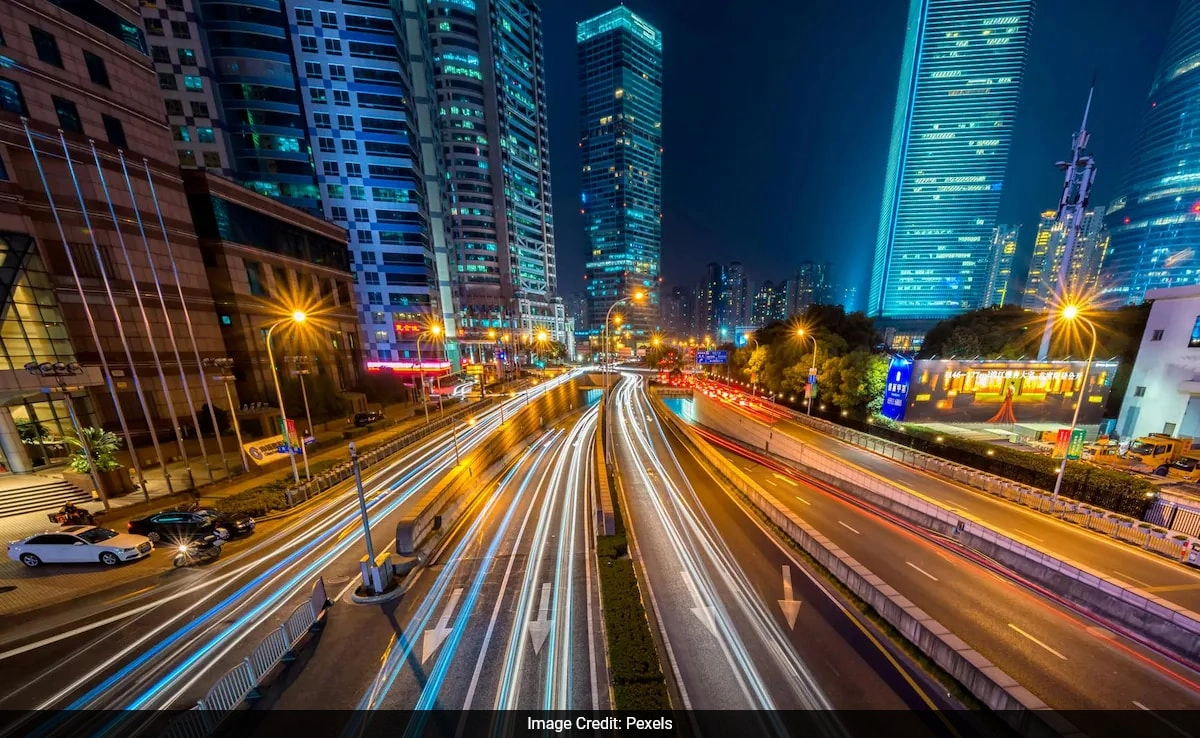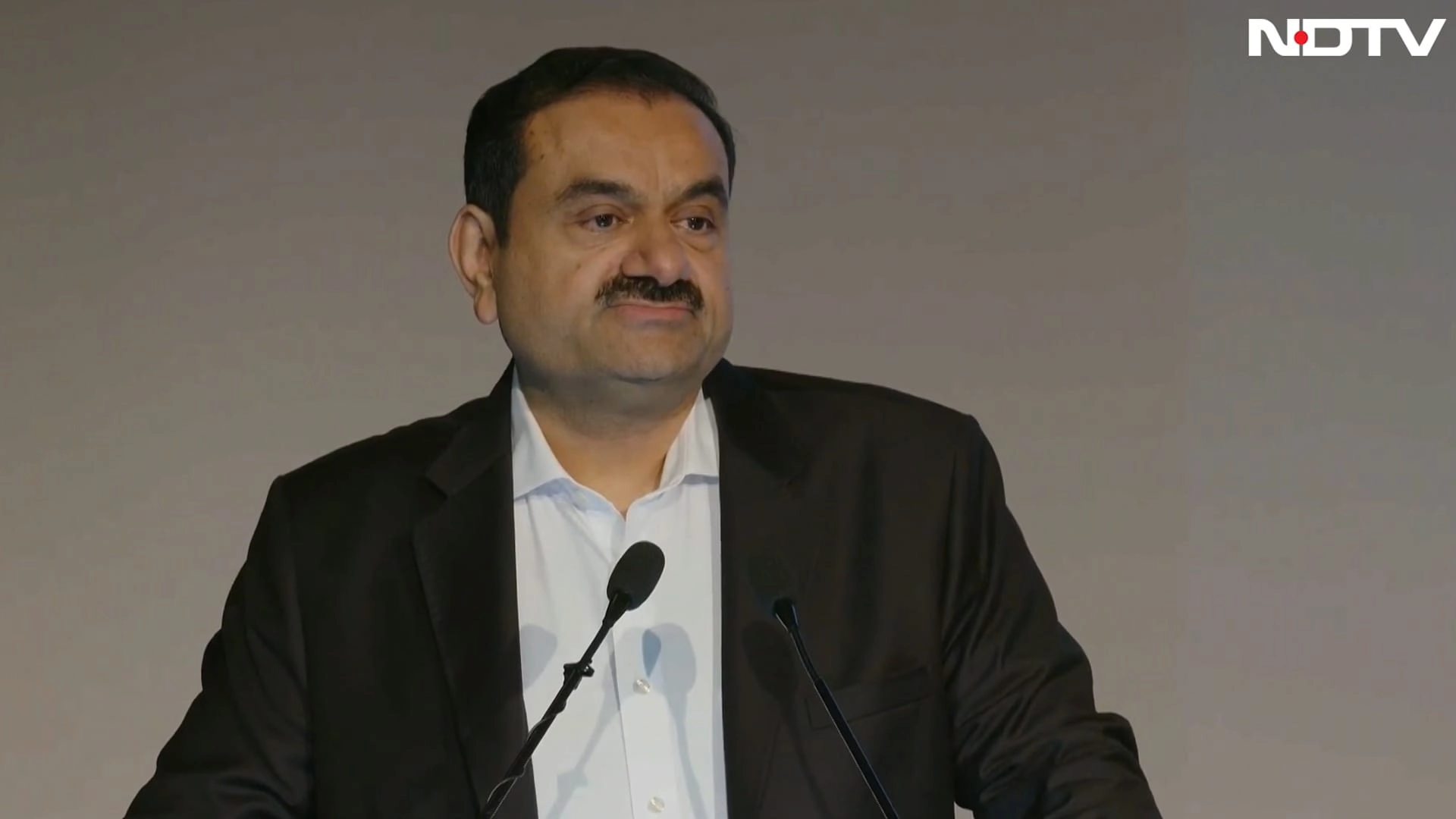A recent study highlights a fundamental aspect of urban development, asserting that the foundation of smart cities should prioritize the needs and experiences of people rather than focusing solely on technology. While technological advancements play a significant role in enhancing urban living, the true essence of a smart city lies in its ability to create an inclusive, accessible, and responsive environment for its residents. The research emphasizes that technology should serve as a tool to improve people’s lives, rather than being viewed as the end goal.
The study underscores the importance of engaging citizens in the planning and implementation processes of smart city initiatives. By involving community members, city planners can better understand the unique challenges and aspirations of diverse populations. This participatory approach fosters a sense of ownership and accountability among residents, encouraging them to actively contribute to the development of their urban spaces. Moreover, when cities prioritize human-centric design, they can address issues like inequality, accessibility, and sustainability in a more effective manner.
Furthermore, the research suggests that successful smart cities integrate a holistic vision that combines technology with social and environmental considerations. For instance, the use of data analytics and IoT devices can help optimize public transportation systems or improve energy efficiency, but these advancements should align with the overall goal of enhancing residents’ quality of life. By focusing on the human element, cities can create vibrant, resilient communities that not only leverage technology but also foster social connections and well-being among their inhabitants.
In conclusion, as cities around the globe embark on their journeys toward becoming smarter, it is crucial to remember that the heart of these initiatives should be the people who inhabit them. By prioritizing human needs and experiences, urban planners and policymakers can create sustainable and inclusive environments that harness technology to enrich the lives of all residents. The path to truly smart cities begins with a commitment to understanding and addressing the diverse needs of the population, ensuring that technology complements rather than dictates urban life.




